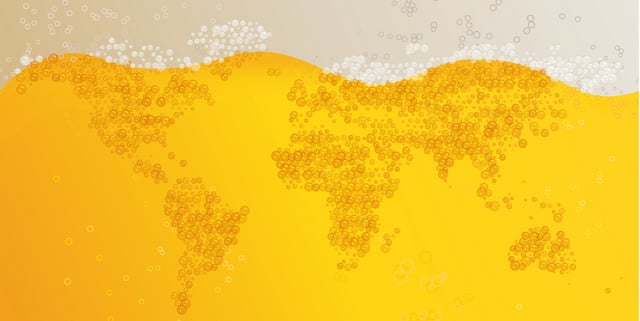
Over the last 40 years, IWSR has built up the world’s largest database on the beverage alcohol market. It claims to understand the market, category and brand performances of products in 157 countries across the world using local market input. Occasionally, IWSR releases market reports, and occasionally we run those market reports because we find them interesting and insightful. Here’s one right now!
A new study published in the medical journal The Lancet reports a considerable upsurge in the global consumption of alcoholic drinks. The study suggests that between 1990 and 2017, alcohol intake has jumped by as much as 70 percent. Importantly, the study anticipates a further per capita rise of nearly 18 percent to 2030, something that would put into jeopardy the World Health Organization’s targets for alcohol reduction.
“IWSR Drinks Market Analysis has tracked a similar rise in per capita alcohol consumption during the 27-year period and actually recorded a marginally higher rise of 74 percent in 100 percent alcohol intake,” said Mark Meek, IWSR’s CEO. “More recent trends might, however, question whether the momentum is in place for the alcohol sector to realize the continued growth levels predicted to 2030.”
In the 10 years between 1990 and 2000, alcohol intake increased by a fifth, accelerating to a quarter in the next decade. The most recent 10-year period has, however, seen a considerable slowdown, with consumption growth dropping to 17 percent. Although the study accepts there will be a drop-off in the growth rate, the scale of the rise appears bullish even with the anticipated rise in female drinkers and higher wages in low- and middle-income countries.
In many of the lower- and mid-income countries, the illicit trade, which goes under the radar, has traditionally been a significant part of the market and some of the alcohol growth can be accredited to consumers upgrading to branded alternatives which do feature in the recorded figures. An upturn in these “visible” sales does not equate to an increase in consumption. A rise in regulated, taxed and ultimately safer alternatives should be seen as a positive development.
This is particularly relevant in Africa where the IWSR tracks the amount of alcohol imbibed as having ballooned nine-fold since 1990. For instance, leading wines and spirits player Diageo carefully prices its products to appeal to all income groups, allowing drinkers at the lower end of the spectrum to upgrade to their cheaper brand offerings from the invisible illicit segment.
The approach adopted by the industry in selling alcohol products has also shifted as drinks players recognize that if they are too successful at selling volume, then there will be an inevitable public relations backlash. There is now a strong industry ethic toward fostering a culture of responsible drinking in all markets rich and poor.
This is exemplified by the world’s largest brewer, AB InBev’s ambitious Global Smart Drinking Goals. These include a commitment to “ensure no- or lower-alcohol beer products represent at least 20 percent of AB InBev’s global beer volume by the end of 2025”. If per capita does reach the level forecasted in 2030, then all these initiatives will have had a very muted impact.
Many drinks operators are now focused more on generating value than volume and this is borne out in the premiumization of the market and the rapid emergence of the craft movement. The IWSR’s figures show that while the overall global wine and spirits market has slipped by -1.4 percent in the last five years, the volume of drinks that fall into the “premium-and-above” segments have risen by a fifth. A lot of future drinkers will be drinking less but better.
Governments too are playing their part in discouraging drinking levels. In developing countries, which the study assumes will drive alcohol ingestion upward, regulation and tax are becoming more widespread. In one market cited, Vietnam, where beer demand has risen steeply in the last decade, a rise in tax flattened the market in 2018.
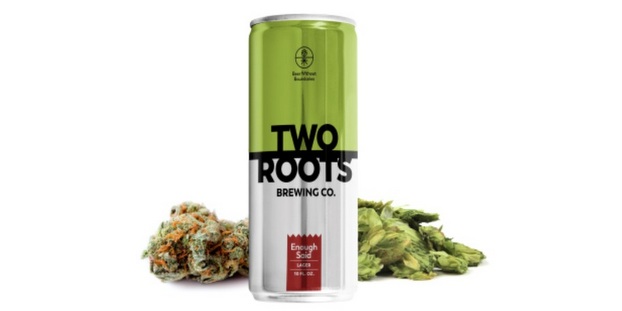
In developed markets, it is not just responsible drinking initiatives and government activity that are limiting consumption levels, but consumers themselves. Consumer antipathy toward drinking is manifesting itself in changing consumption habits among, most notably, Millennial consumers who were once alcohol’s core age users.
An IWSR consumer survey covering a number of key westernized markets identified a growing theme of abstinence among younger drinkers. It is foreseeable that this negative attitude toward alcohol could even be hardening among tomorrow’s drinkers, the Centennials. Under the watchful eye of the social media age, being drunk is out of fashion.
“In the future it is likely that all these constraining factors will come together to dilute the per capita growth levels for alcoholic drinks, suggesting that The Lancet’s study projections are inflated,” concludes Meek. “There is also another disruptor appearing over the horizon that could potentially redefine the beverage landscape as we know it. The domino effect of cannabis legalization could mean that, by 2030, THC-infused cannabis drinks will have marginalized alcoholic drinks in some parts of the world.”

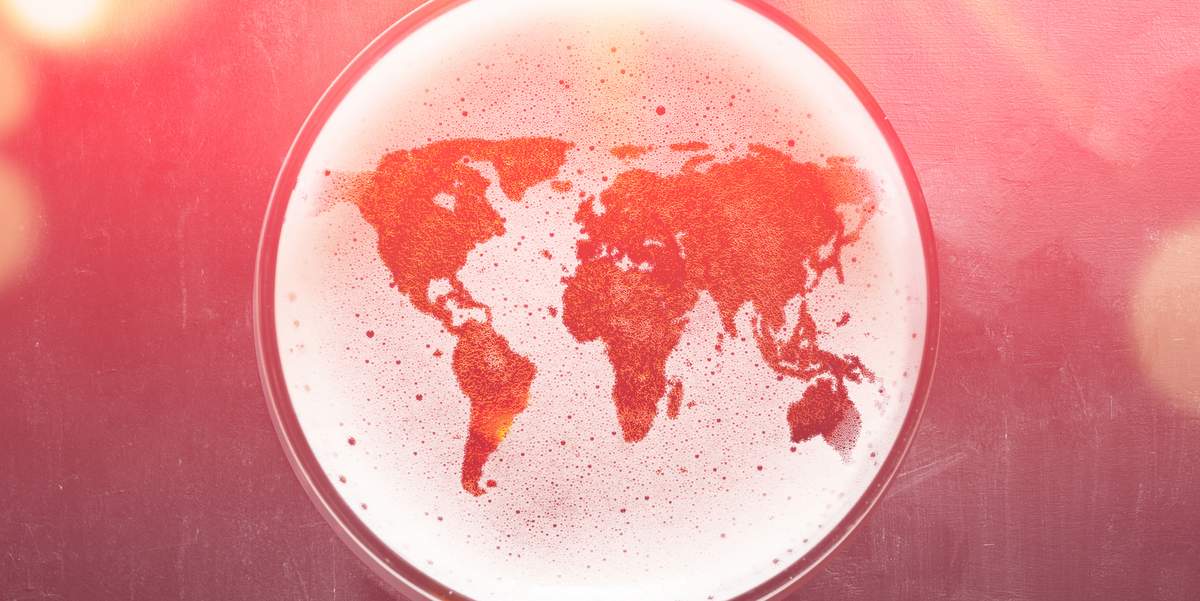

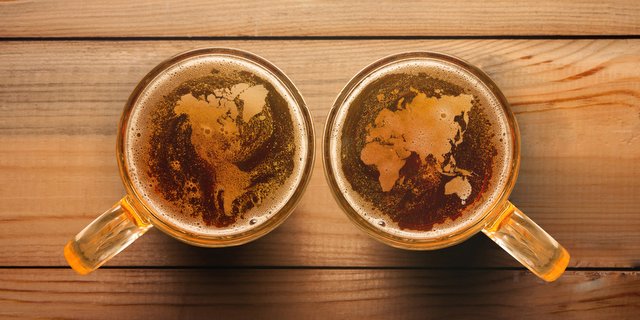
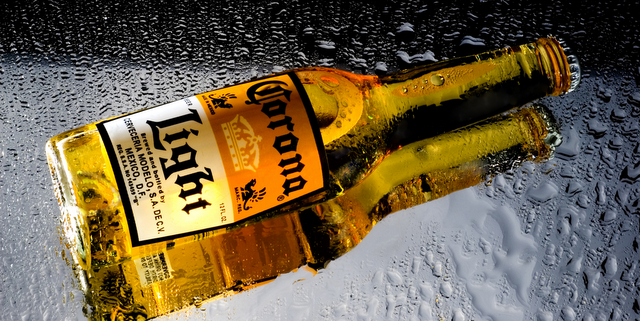
Brew Review says
Wonder if actual alcoholism has followed suit..